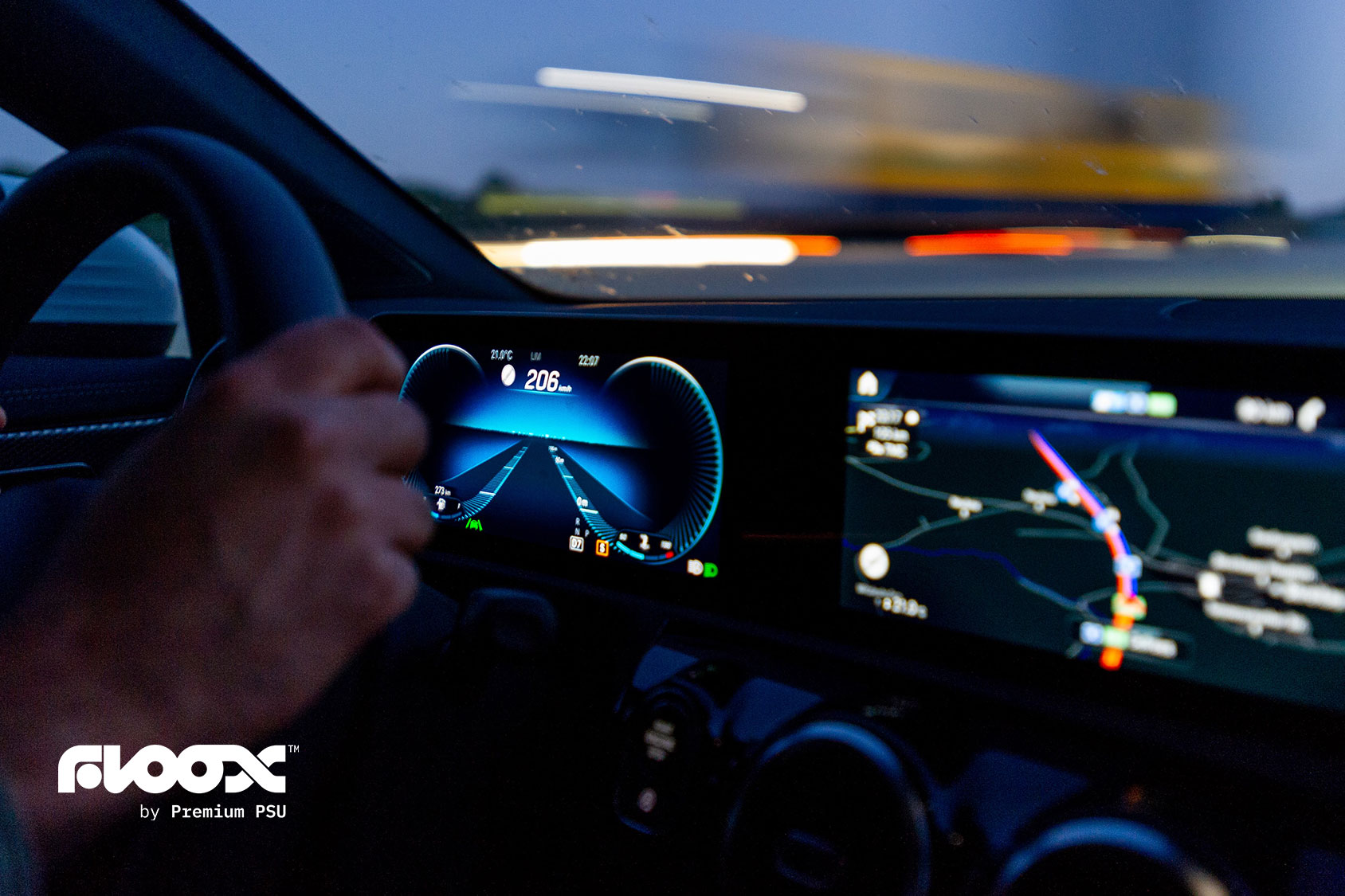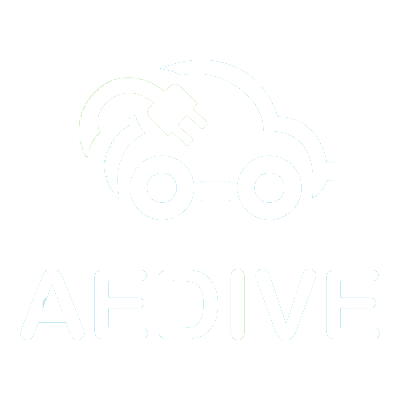
Royal Decree 266/2021, of 13 April, approved the direct granting of aid to the autonomous communities and the cities of Ceuta and Melilla for the implementation of incentive programmes linked to electric mobility within the framework of the European Recovery, Transformation and Resilience Plan. This is what is known in short as the MOVES III Plan, through which the institutions insist on encouraging, promoting and incentivising the renewal of the Spanish vehicle fleet, establishing aid for electric vehicles and charging stations, providing a budget item of 400 million euros in subsidies and aid, with a considerable increase compared to other editions.
The MOVES III Plan has two main lines of action:
– Incentives for the acquisition of plug-in electric and fuel vehicles.
– Incentives for the implementation of electric vehicle charging infrastructures.
General issues of support for electric vehicles and charging stations
As in previous editions of the MOVES plan, this is a budget allocation from the Ministry of Ecological Transition that is financed with Next Generation funds from the European Union and distributed by the IDAE among the autonomous communities and the autonomous cities of Ceuta and Melilla, for the management of aid to buyers of electric or plug-in hybrid vehicles and those who decide to install recharging infrastructures for them.
Duration of the grant
As for the duration of this aid programme, it will be in force until 31 December 2023, so we have more than a year to submit applications and take advantage of the aforementioned subsidies.
Beneficiaries of the grant
The beneficiaries of this aid may be natural persons resident in Spain and legal entities validly constituted in Spain, self-employed persons, communities of owners and public administrations.
 Which vehicles are eligible for support under the plug-in electric and fuel-driven vehicles line?
Which vehicles are eligible for support under the plug-in electric and fuel-driven vehicles line?
This line of action includes all direct purchase operations or by means of financing, including leasing and renting, of newly registered vehicles or vehicles no older than 9 months. The invoice date must be at least after 9 April 2021.
These must be electric or plug-in hybrid vehicles and fuel vehicles that are included as such in the IDAE database:
• All-electric vehicles (BEVs).
• Extended Range Electric Vehicles (EREV).
• Plug-in hybrid vehicles, powered by a combustion engine and an electric motor (PHEV).
• Electric vehicles powered by on-board hydrogen fuel cell (FCV).
• Hybrid electric vehicles powered by combustion engine and hydrogen cell (FCHV).
All types of vehicles are included except for the categories of coaches and buses M2 and M3 and trucks and vans N2 and N3.
Subsidy amounts
Focusing on passenger vehicles of up to 3,500 Kg (category M1) and commercial goods transport vehicles (category N1), the maximum amounts are the following:
• Up to 4,500 euros for passenger cars that can reach 7,000 if we scrap, as long as the price of PHEV, EREV and BEV type vehicles does not exceed 45,000 euros (53,000 in the case of BEV vehicles with 8 or 9 seats) and their autonomy is the same or greater than 90 km, since if it is less than and greater than 30 the subsidy will range from 2,500 to 5,000 euros, depending on whether we scrape it or not.
• Up to 7,000 euros in the case of commercial vehicles that can reach 9,000 if we scrap another vehicle.
Additional grants of 10% of the amount is provided for the following cases:
• Vehicles purchased by people living in municipalities with fewer than 5,000 inhabitants.
• Vehicles adapted for people with disabilities and the owner has recognized said disability.
• Vehicles intended for taxis.
These additional amounts are not compatible with each other, that is, if we are given the additional 10% for one concept, we cannot obtain another additional 10% for another.
What subsides are available for implementing electric vehicle charging infrastructure?
An essential part of the ecological transition from combustion vehicles to electric or plug-in hybrid vehicles is the implementation of an infrastructure network of recharging points for electric or hybrid vehicle batteries to supply them. Therefore, in parallel to the progressive replacement of combustion vehicles, electric recharging points must be increased to cover the increasing circulation of electric and hybrid vehicles.
In order to achieve this objective, the second line of action of the MOVES III plan provides grants for the installation of these recharging stations, but establishes the following limits:
• 800,000 euros per file for the companies.
• In the case of private individuals, not included in any other category, the limit per file will be 5,000 euros.
• The maximum limit per person, regardless of the number of files, is 2.5 million euros.
 Amount of subsidies for the installation of electric chargers
Amount of subsidies for the installation of electric chargers
If the final recipients of the subsidies are self-employed, private individuals, communities of owners or public entities that do not carry out commercial activities, the installation of these infrastructures or the pre-installation of the same in communities of owners is subsidized at 70% of the eligible cost. The subsidized percentage will be increased to 80% when these electric chargers are installed in municipalities with less than 5,000 inhabitants.
In the case of legal entities validly constituted in Spain or public entities with economic activity in the market, the aid will be 40% of the eligible cost. In order to obtain this percentage, the following requirements must be met:
• Recharging stations are of public access.
• The supplied charging power must not be less than 50 KW. If it is lower, the aid will be 30% unless it is located in a municipality of less than 5,000 inhabitants. If this requirement is not met, but the rest is, the aid will be 35% instead of 40%.
As an explanatory note, it is important to specify that the MOVES III Plan is coordinated through the Institute for Energy Diversification and Saving (IDAE), but it is the autonomous communities and cities that carry out all the procedures and calls corresponding to their territory. Therefore, if you are interested in electric chargers, you should be attentive to the publications of your autonomous community, to be able to manage the procedures of the subsidy. If you do not know where to go, you can contact us to obtain all the necessary information.




